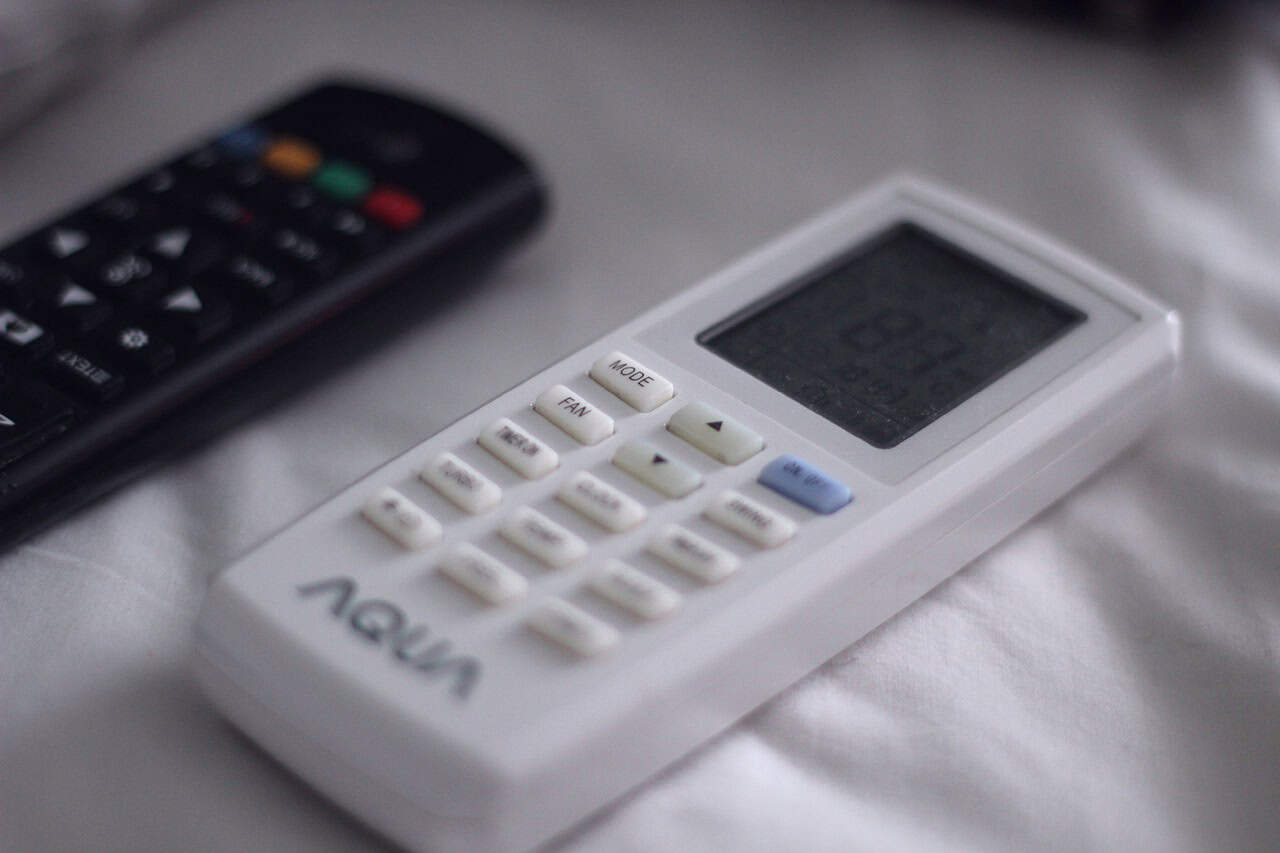Good cooling depends on steady care: minor chores done regularly pay off in spades when heat rolls in. A system that gets routine tune-ups uses less energy, avoids surprise breakdowns, and keeps the house comfortable without wild swings in temperature.
Regular upkeep keeps parts moving, filters clean, and refrigerant levels at a steady state, which helps the unit last longer and run quieter. Think of maintenance as small investments that stop big headaches down the road and keep cooling at peak performance.
Regular Filter Care
Filters are the low-hanging fruit of air-conditioning upkeep and deserve weekly to monthly attention depending on use and pets in the home. A clogged filter chokes air flow, forces the compressor to work harder, and can lead to frosting on the coils if left unchecked.
Swap inexpensive filters often or clean permanent ones with a gentle rinse and full drying before reinstalling to avoid mold or odors. Keeping filters in good shape improves indoor air and lightens the load on the entire system.
Keep The Outdoor Unit Clear
Outdoor condensers need breathing room; leaf litter, tall grass, and toys can block air flow and stunt heat rejection. Trim plants back and sweep away debris, keeping at least two feet of clearance around the unit, and avoid stacking anything on top that traps heat.
If you want expert help keeping your system in peak condition, consider scheduling a complete air conditioner maintenance service to ensure every component—from coils to fans—runs flawlessly.
A gentle rinse with a hose can remove dirt from fins, but steer clear of high-pressure streams that bend delicate metal. When the area is tidy, fans and coils perform better and the compressor runs with less strain.
Inspect Ductwork And Seals
Leaky ducts waste cooled air and send utility bills higher while rooms remain unevenly tempered. Walk crawlspaces and attics to look for disconnected joints, crushed sections, or gaps around registers and seal them with mastic or foil-backed tape; avoid plain cloth tape that fails quickly.
Good seals direct conditioned air where it belongs and reduce the need for the system to cycle on and off. Proper duct care balances rooms and reduces wear on the unit by eliminating unnecessary load.
Check Refrigerant Levels
Correct refrigerant charge keeps evaporator and condenser coils at the right temperatures so the system can move heat efficiently from inside to outside. Low charge often signals a leak; top-ups are temporary fixes if the leak goes unaddressed, so track down the source and patch or replace affected components.
Measuring pressures and comparing to manufacturer specs gives a clear read on system health, and a trained technician handles refrigerant safely. With proper recharge and leak repair, cooling capacity returns and energy waste drops.
Clean Evaporator And Condenser Coils

Coils collect dirt over time, which acts like an insulating blanket that blocks heat transfer and hinders cooling power. Gently remove surface debris and use a coil cleaner when necessary, following safety directions and cutting power first to avoid accidents.
Bent fins can be straightened with a fin comb to restore air flow, while heavier buildups may call for professional deep cleaning. Clean coils help the compressor relax and extend the interval between more invasive fixes.
Maintain Fans And Motors
Fans move air across coils and through ducts, so worn bearings or loose blades create noise and reduce performance in short order. Lubricate motors where ports exist, tighten mounting bolts, and check belts for wear on belt-driven setups; little noises often signal the start of bigger mechanical issues.
Verify electrical connections are snug and that capacitors show no bulging or leakage, since those parts help start and run motors efficiently. When motors and fans spin true, the whole system breathes easier and keeps living spaces cooler.
Thermostat And Controls
A miswired or poorly calibrated thermostat causes erratic cycling and frustration, even when the rest of the system is shipshape. Replace old mechanical units with a simple programmable model to cut runtime and smooth temperature swings, or confirm that the existing setting matches actual comfort needs.
Check batteries, wiring, and sensor placement near drafts or heat sources that skew readings and prompt unnecessary cycles. Accurate controls reduce wasted runs and help the compressor rest when it should.
Seasonal Start-Up And Shut-Down
Before the heavy season, run a quick start-up routine: clear drains, swap filters, and confirm the system powers on and reaches set temperatures without odd noises. At season end, protect outdoor units from debris and cover them loosely if a long idle period looms, while letting air flow so moisture does not get trapped.
Winter checks in cooler climates include insulating exposed pipes and shutting off valves where applicable, while warm-climate homes focus on keeping equipment clean and ready. Small seasonal rituals prevent surprise failures and keep cooling crisp when needed most.
When To Call A Pro
Some tasks are safe for the handy homeowner, but complex problems like compressor faults, electrical failures, and sealed-system repairs call for certified technicians. A trained pro has tools, refrigerant handling certification, and experience to diagnose tricky faults that hide beneath steady hums and slight vibrations.
Schedule a licensed tune-up annually to catch wear and correct minor faults before they balloon into costly replacements. Professional service pairs well with a homeowner’s routine care to maximize life span and cooling reliability.

